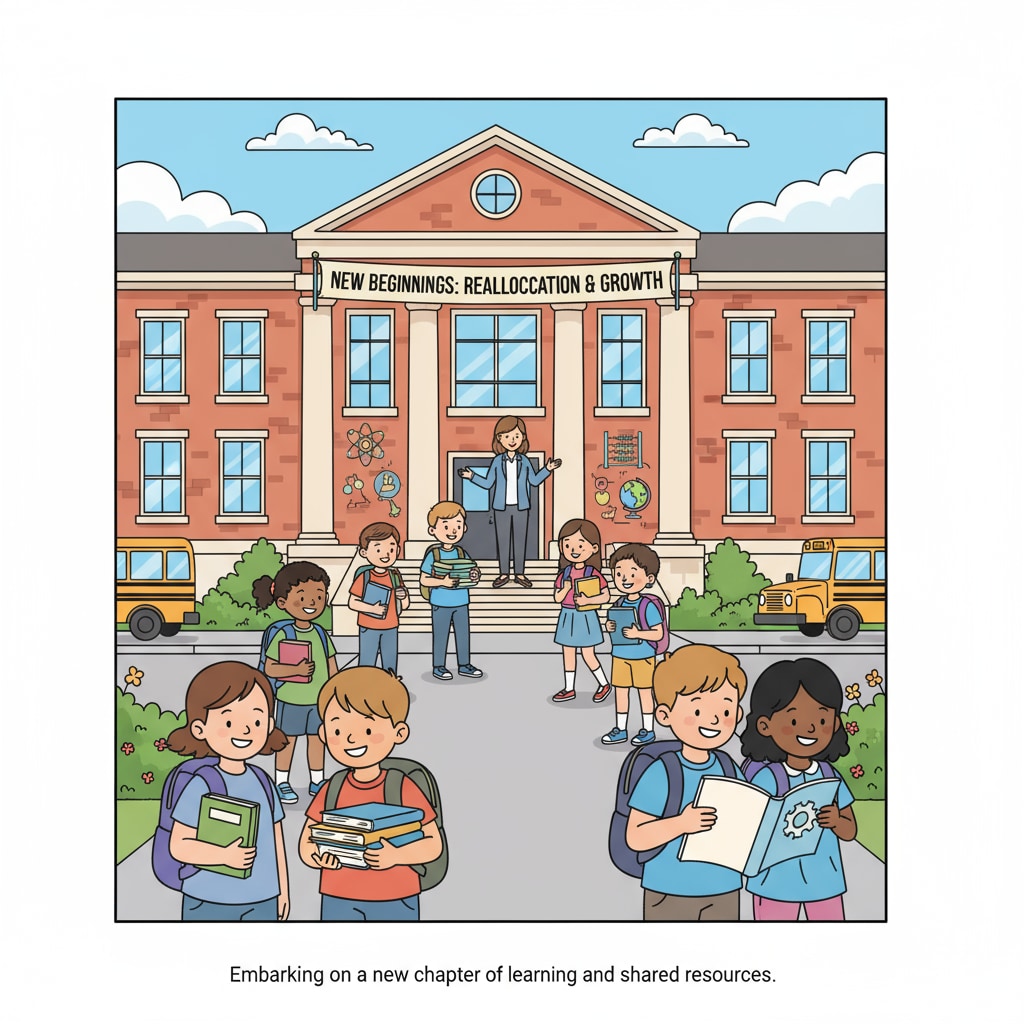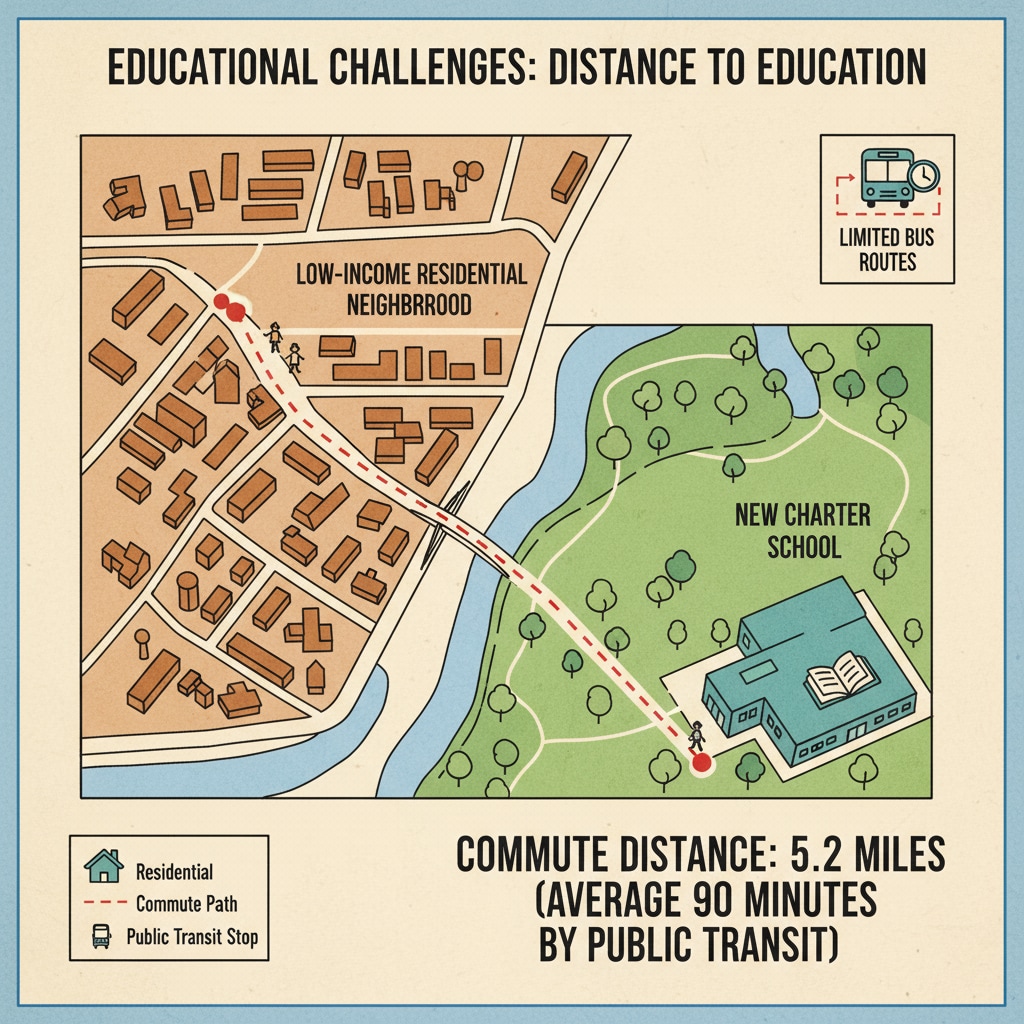School districts, public elementary schools, charter schools, resource redistribution are at the heart of a significant educational issue. When a school district decides to close a public elementary school in a low-income community and promote a charter school project, it sets off a chain of events that deeply impacts the community’s educational landscape.

This change isn’t just about swapping one type of school for another; it involves a complex web of factors related to educational equity, community rights, and the choices available to students and parents.
The Impact on Different Social Classes
For students from higher-income families, the shift might seem like just another option in the educational market. They often have the resources to access various educational opportunities, whether it’s through private tutoring, extracurricular activities, or enrolling in specialized schools. However, for students from low-income communities, the closure of a neighborhood public elementary school can be a major setback. School Choice on Education Week These students rely on the local public school for not only education but also a sense of community and stability. Losing their neighborhood school means longer commutes, unfamiliar school environments, and potential disruptions to their learning routines.

Community Rights and School Choice
Community rights play a crucial role in this debate. The local community has a stake in the educational institutions within its boundaries. When a public school is closed, the community loses a valuable asset that has been a center of educational and social activities. On the other hand, charter schools are often seen as offering more choices. Charter School on Britannica But this choice might not be as straightforward for all families. Some parents may not have the time or knowledge to navigate the application process for charter schools, leaving their children at a disadvantage.
To ensure fairness in this process of educational resource reallocation, it’s essential to consider the needs of the most vulnerable groups. This could involve providing additional support to low-income families, such as transportation assistance to the new charter schools, or educational workshops to help parents understand the new educational options. By taking these steps, we can strive to create a more equitable educational environment in the face of the shift from public elementary schools to charter schools.
Readability guidance: The article uses short paragraphs to present ideas clearly. Each H2 section has a list-like structure to organize thoughts. The passive语态 is kept to a minimum, and transition words like “however” and “on the other hand” are used to connect ideas smoothly.


